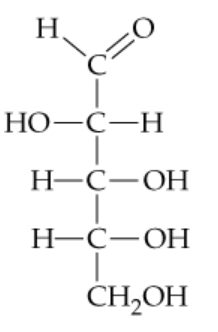How are the following pairs of carbohydrates, shown in a Fischer projection, related to each other? Are they structural isomers, enantiomers, diastereomers, or epimers? Identify each as the D- or L-isomer.
(b)

 Verified step by step guidance
Verified step by step guidance Verified video answer for a similar problem:
Verified video answer for a similar problem:



 1:3m
1:3mMaster D vs L Enantiomers Concept 1 with a bite sized video explanation from Jules
Start learning